Substantially, global health anxiety is a communicable source between animals and humans that are zoonotic disease. With several environmental organizations specifically in the context of rising human contact. The transmission of zoonotic disease is often under appreciated through aquatic food chains. Aquatic environments such as oceans, lakes, and rivers. The synthetic water systems are ecosystems that support several entities, many of which are essential to the human diet.
The variety of pathogens can serve as reservoirs for bacteria, viruses, and parasites that can make the environment contaminated. The consumption of sea food or direct contact can lead to its transmission to humans. Understanding for ecosystem management how zoonotic disease disseminates through aquatic food chains is vital for public health and food safety.
Environmental pollution begins with contamination in aquatic systems, particularly, human activities such as sewerage discharge, agronomic runoff, and industrial waste. These pathogens often induce toxins directly into aquatic life which affect the health of aquatic organisms. Poorly treated sewage may contain fecal pathogens like noroviruses, Hepatitis A virus and Salmonella. Completing the zoonotic transmission cycle, these microorganisms contaminate the water and infect aquatic organisms such as mollusks.
Fish and crustaceans which are then consumed by humans. Constantly large volumes of filter water to feed the environmental accumulation of pathogens are particularly liable to filter feeding bivalves like clams, mussels, and oysters. When these lobsters are mowed from contaminated or consumed raw water, they become potent paths for disease.
Bacterial Pathogens in the Aquatic Food Chain
Among bacterial pathogens, well known culprits related to seafood illness species include vibrio, mainly vibrio vulnificus. During warmer months, these bacteria certainly inhabit marine and estuarine waters. When humans eat raw or undercooked sea foods contaminated with vibrio species such as oysters, they can develop gastrointestinal infections, wound infections, especially immuno-compromised individuals particularly in life threatening septicemia.
Another important common bacterium associated with poultry and eggs is salmonella. Fish and shellfish are harvested from contaminated waters of salmonella, severe systemic infection in humans which causes fluctuation from diarrhea. Moreover, a slow-growing bacterium found in fresh and salt water is “Mycobacterium marinum” which causes human skin infection when come in contact with fish or aquarium water, such a condition is known as “fish tank granuloma.
Parasitic Infections from Aquatic Foods
Aquatic food chains are acquired through parasitic infections and growing concern in many parts of the world, especially in Asia, Africa and Latin America. Cholangio carinoma, consumption of raw liver damage is transmitted through Opisthorchis viverrini and clonorchis sinensis also known as “liver flukes”. A rare bile duct cancer known as cholangio carcinoma. In regions such as in parts of Southeast Asia, where traditional dietary practices include eating raw fish, liver fluke infections are endemic and pose significant health problems.
Anisakis spp, is another group of parasitic worms that are found in marine fish and infect humans who eat raw or undercooked fish (like sushi and sashimi). When engulfed the undercooked fish, the larvae can pierce the stomach or intestinal lining causing a condition known as Anisakiasis, which leads to allergic reactions, abdominal pain and vomiting.
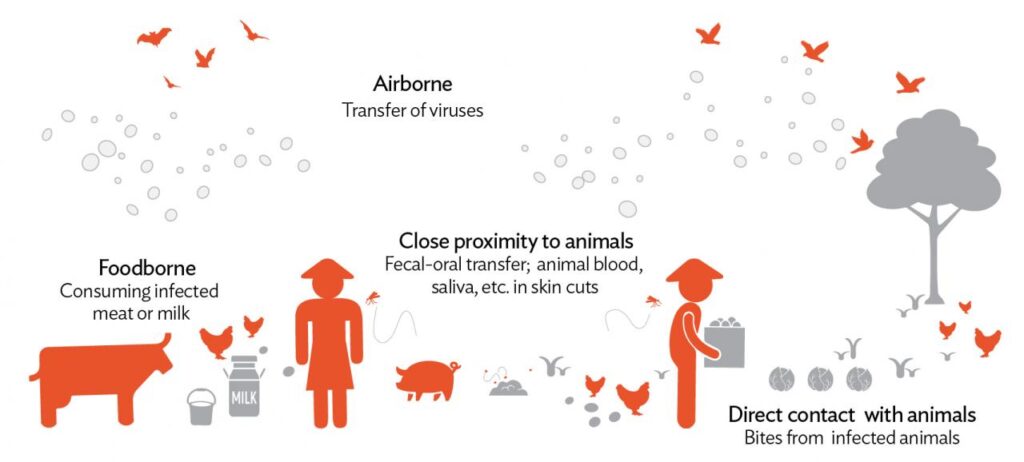
Giardia and Cryptosporidium are protozoan parasites that enter the aquatic environment by fecal contamination and can survive in water for extended periods. These microbes cause gastrointestinal illnesses in humans and are often contracted through the ingestion of recreational water or contaminated drinking water activities.
Viral Zoonoses and Shellfish Contamination
Aquatic food chains transmitted through viral pathogens are primarily enteric viruses that infect the gastrointestinal system. The most prominent among viruses are Hepatitis A and E viruses that are typically contracted through the consumption of raw shellfish harvested from contaminated waters. Hepatitis A and E cause jaundice, fatigue, and in some rare cases cause chronic liver disease.
Another common enteric Norovirus is highly contagious and often associated with epidemics linked to shellfish consumption. This infectious virus can remain even in cold waters and survive common food-handling processes, making it a significant threat in foodborne outbreaks. The particularly dangerous resilience of these viruses in aquatic environments and their ability to infect humans through even small doses.
Risk Associated with Aquaculture Practices
In zoonotic disease transmission, the role of aquaculture or fish farming is progressively under inspection. Significant biosecurity challenges aquaculture helps meet the global demand for seafood. In high density farming systems, fish are kept in close proximity. The risk increases during disease transmission. If farms are not properly managed, these pathogens can embellishment and enter the human food chain
The use of aquacultural antibiotics to control bacterial infections can also lead to the development of antimicrobial-resistant strains of pathogens, which is complicating treatment in humans. Moreover, wild fish stocks can be affected when diseases from farmed fish escape into surrounding waters, amplifying the risks of zoonotic pathogen dissemination
Occupational and Recreational Exposure
Another way for zoonotic transmission through aquatic ecosystems involves human interaction with water or aquatic animals. Among fisherman, aquaculture workers, and seafood handlers is a significant risk factor exposure. These individuals may come in contact with infected water or animal tissues, this may lead to skin infections or more severe illnesses.
For example, Streptococcus iniae may infect handling fish and cause cellulitis or invasive infections in humans. Contaminated water users, such as swimmers or divers if they come in contact with recreational water cause injured skin or exposed to waterborne pathogens
Preventive Measures and Public Health Strategies
Firstly, thorough cooking of seafood can kill most pathogens, making it the most reliable preventive measure. Public health operations that discourage the consumption of raw seafood, predominantly in those regions with known contamination issues.
The use of antibiotics is responsible for regulating and monitoring of aquaculture practices is essential for including proper sanitation and water quality. Wastewater treatment facilities must be improved to ensure that human. And animal waste is not directly discharged into aquatic systems, thus preventing initial contamination.
Programs that monitor pathogens in seafood, aquaculture environments can help to detect them early and reduce human exposure. Moreover, educating food handlers, fishers, and the general public about hygiene and safe food practices is a cornerstone of disease prevention.
Conclusion
In conclusion, zoonotic diseases transmitted through the aquatic food chain represent a complex intersection of environmental health, human behaviour and food safety. As global seafood consumption increases and aquatic environments become more impacted by human activity. The major risk of zoonotic disease transmission through these channels is likely to grow.
FAQs
1. What does “zoonotic disease transmission through the aquatic food chain” mean?
Zoonotic disease transmission through the aquatic food chain refers to the process by which disease instigated by pathogens, like bacteria, viruses and parasites, feast from aquatic animal fish, shellfish, or crustaceans to humans. This disease occurs when people eat adulterated seafood or directly come in contact with infected water sources, leading to infection.
2. Which zoonotic diseases are commonly linked to aquatic food chains?
Some diseases are related to the aquatic food chain. Among these diseases, Vibrio infections are most common, which are caused by bacteria like Vibrio vulnificus; salmonellosis is caused by salmonella species; anisakiasis is caused by the Anisakis worm; and hepatitis A is often contracted from eating contaminated shellfish. Schistosomiasis is a parasitic disease linked to freshwater snails in contaminated waters.
3. How do aquatic animals become infected with these pathogens?
Aquatic animals typically become infected when they are exposed to polluted waters. Causes of contamination include untreated sewage discharge, waste and industrial pollutants. Moreover, aquatic organisms may ingest smaller infected organisms, allowing pathogens to accumulate in their tissues. When humans consume these infected animals without proper cooking, they may contract the diseases.
4. How can people reduce the risk of catching zoonotic diseases from seafood?
The risk of infection can be greatly condensed by practising proper food safety methods. Cooking seafood is one of the most efficient ways to remove harmful pathogens. Avoiding purchasing raw or undercooked seafood from reputable suppliers who follow hygienic regulations and preventing cross-contamination in the kitchen and separating it from ready-to-eat foods are also important steps to protect health.
5.Are climate change and pollution increasing the risk of aquatic zoonoses?
Absolutely, climate change and pollution are both effective factors in the growth of aquatic zoonotic disease. Warmer sea temperatures and increased nutrient runoff from land create favourable conditions for disease organisms to thrive.

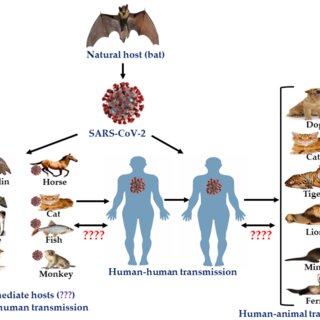
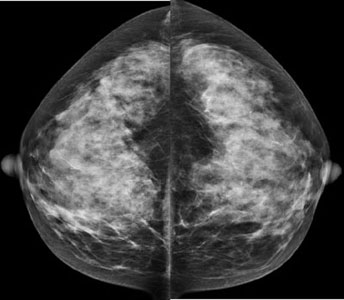
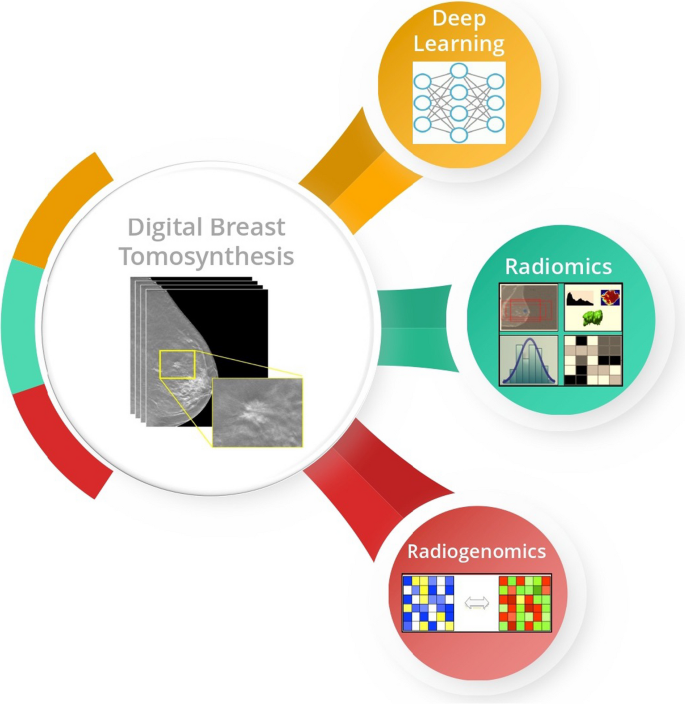
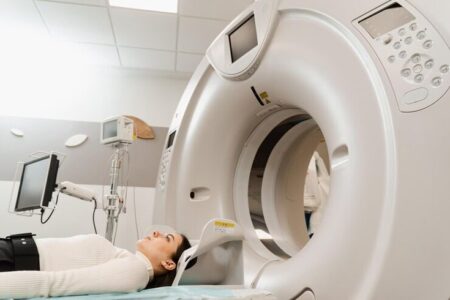
One thought on “Zoonotic Disease Transmission Through the Aquatic Food Chain Introduction”